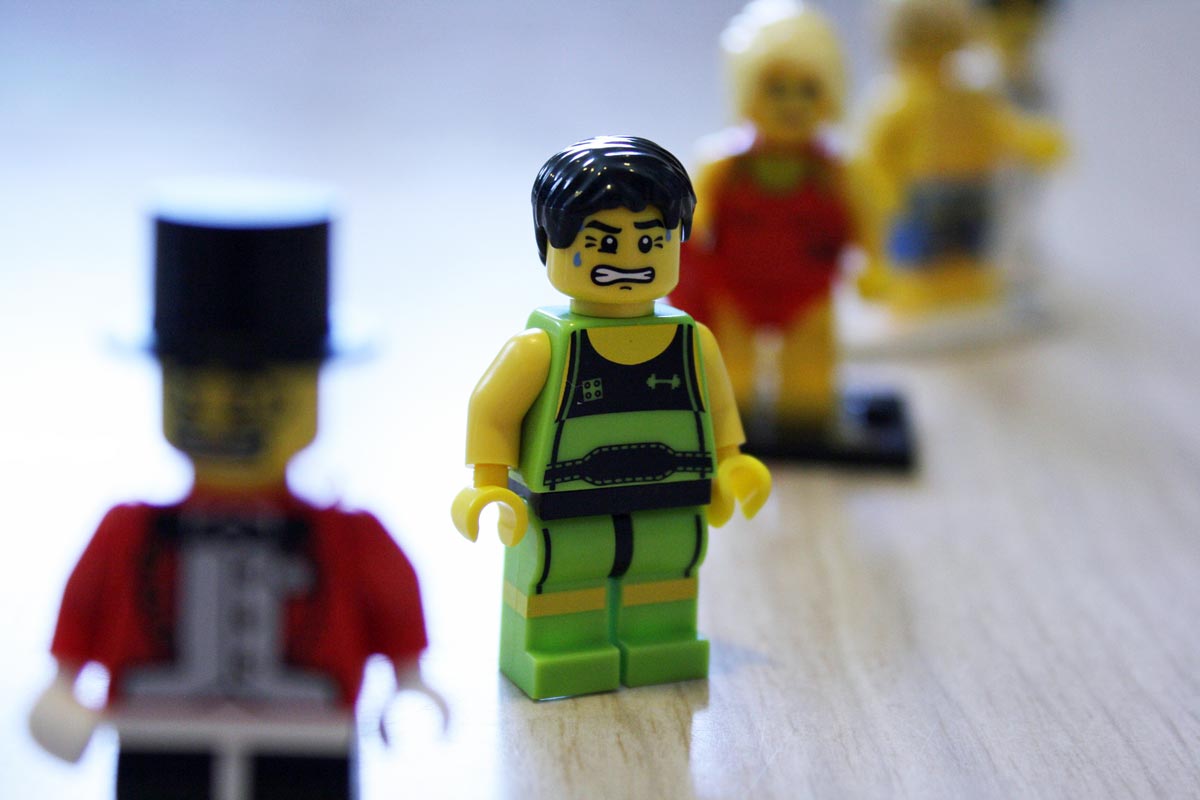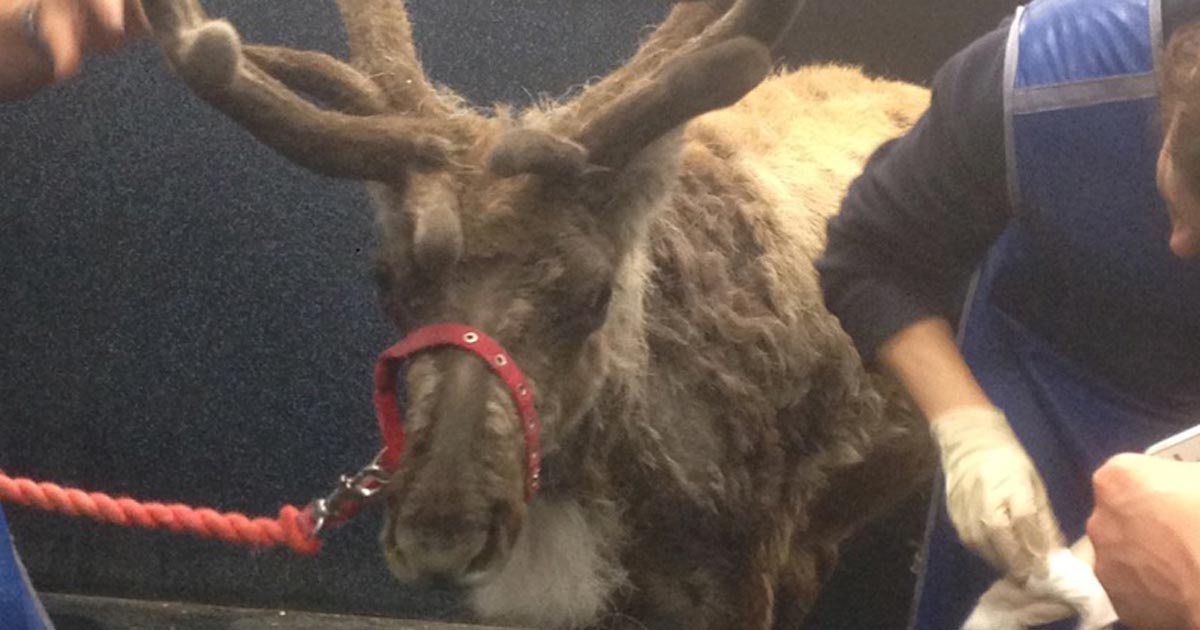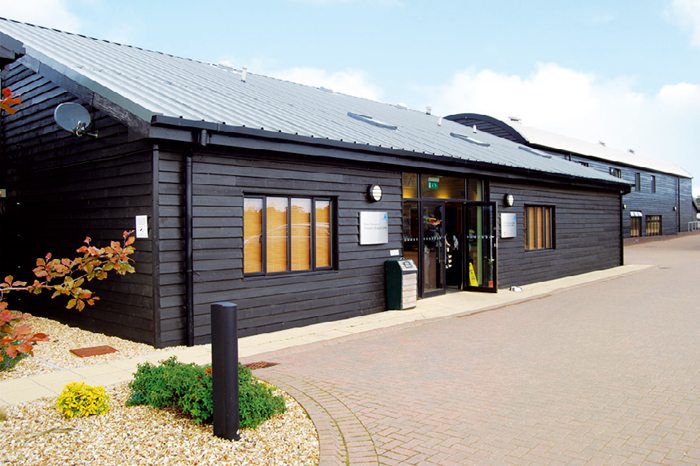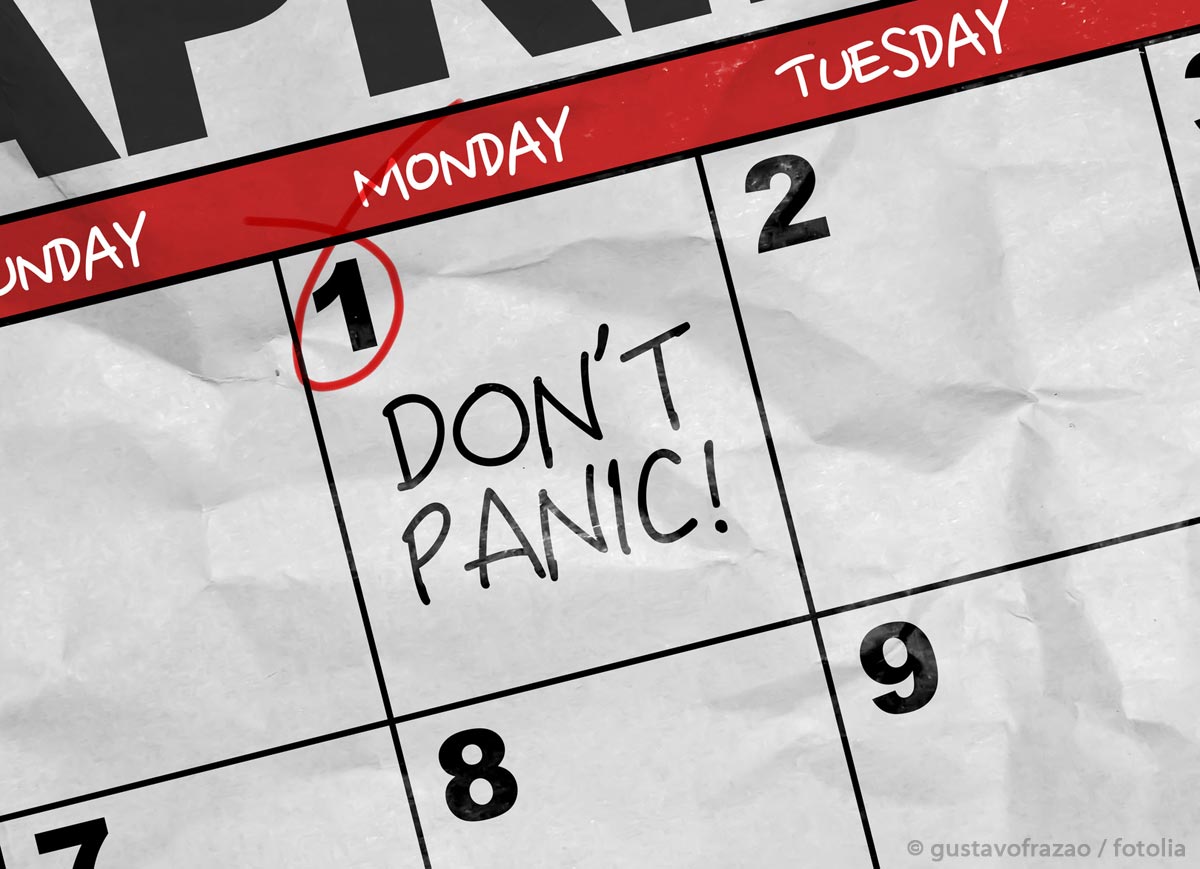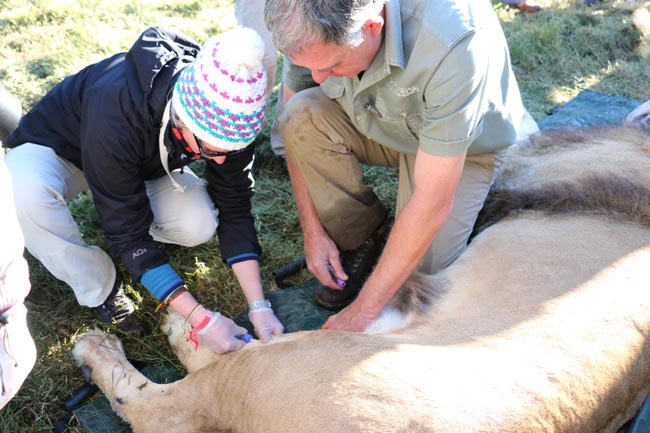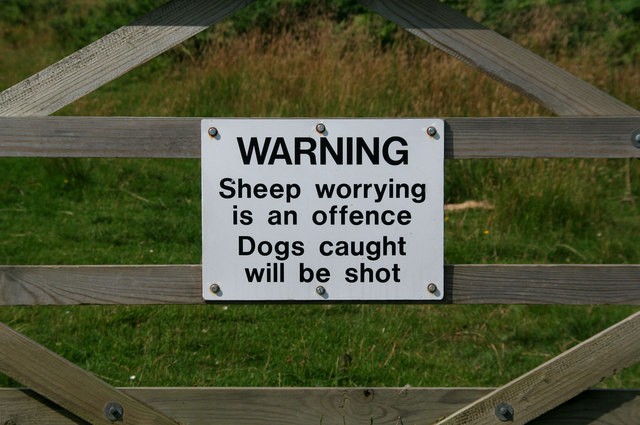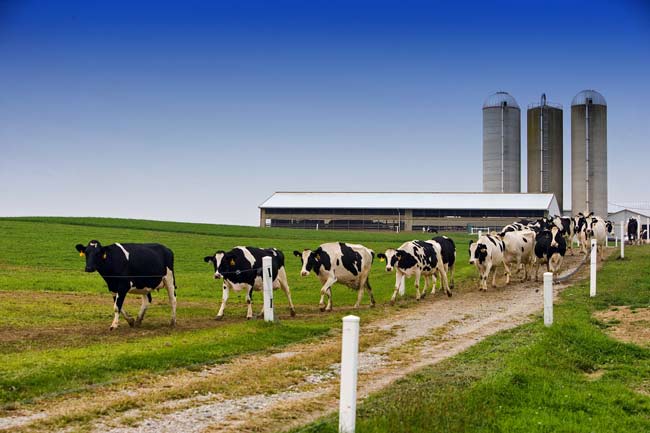Recently, I have been engaged in a battle with my internet provider and – ignoring the fact I’ve been without the world wide web for a month – no one seems capable of doing anything about it.

Despite these grievances, it’s actually a) the communication factor and b) lack of desire to please the customer annoying me most.
Over the years I’ve worked in retail, and I have been a waitress, during which I was expected to bend over backwards for the customer for fear of garnering a complaint.
I even remember training sessions where we were shown graphs showing the number of complaints received versus words of praise, and how likely the customer would be to spread the word regarding bad service compared to good.
The gist of it all was to not anger anyone because bad news travels fast… and this is just as applicable in the veterinary profession.
The customer is always…
Contrary to the popular saying, the client is most definitely not always right, and as the point of a veterinary consultation is for us to impart our professional knowledge gained through – long and thorough – training, we are obliged to possess pretty fantastic communication skills.
Yes, having to tell a client their beloved pet died unexpectedly during routine surgery is a bit different to being put on hold for the umpteenth time because the advisor on the phone hasn’t read the account record properly, but the underlying principle is the same – so good communication is essential.
As vets, continuity isn’t always possible, but if you have an unknown client on the list you would be expected to brush up on the history and have a vague idea of why they’ve made an appointment. Anything less would be unprofessional – so why do other businesses think this is acceptable?
Strength in numbers

For these international corporations, the single customer is just a drop in the ocean – losing a few hundred quid a year when I cancel my contract is just pennies to them, and no matter how much of a fuss I kick up, realistically, it won’t touch their reputation.
For vets, however, it’s different – any complaint not only reflects badly on the individual involved, but on the practice and also the profession.
We cannot afford to lose the trust of our clients over silly things like calling a male dog “she” or not spending a few minutes reading through the patient’s notes before they walk into the consult room.
Poor communication is one of the most frequent reasons a complaint is made to the RCVS, and I suspect this is why the vet schools now have a much bigger focus on communication – to help us hit the ground running and (hopefully) avoid such negativity.
Practise makes perfect
Communication skills come with experience, and while they aren’t classically thought of as something that can be taught, we can be armed with certain tools to help us communicate more effectively.
The practical communication skills sessions we’ve had over the years involving actors have been an ideal way of letting us practise dealing with “difficult” clients before being in that situation for real. And now, in our final year, we’ve transitioned into taking our own consults, either with the clinician keeping an eye on us or confirming our findings afterwards and asking the client any questions we may have forgotten.
Being a vet encompasses so much more than clinical knowledge and surgical skills, and my recent phone arguments with various technical support advisors have made me appreciate just how highly trained we are in terms of communication – and that’s something we should aim to maintain to continue to be respected as professionals.
